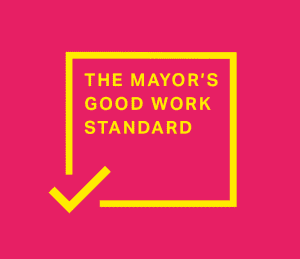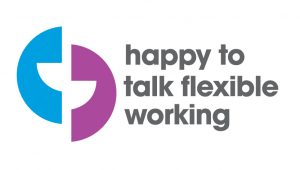Is online enough?
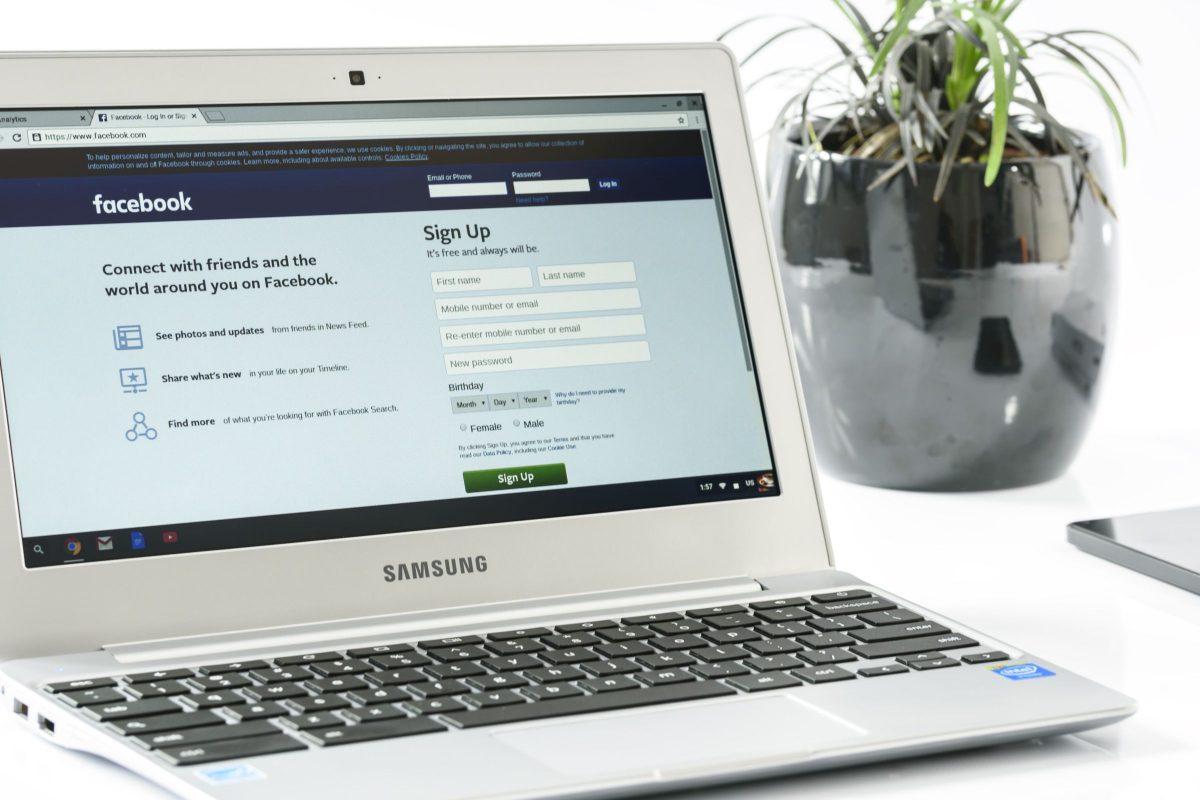
By Elizabeth Archer, Head of Service Design and Delivery at Toynbee Hall
Since the start of lockdown we’ve had to adapt our face-to-face advice and community services to operate by phone and online.
Last week, Bee, a member of our Community Centre, wrote about the challenges many people have to overcome to get online. This week Elizabeth Archer asks, is online enough?
We are proud that since the start of April, we’ve been able to provide help and advice to nearly 500 people over the phone and online. That we’ve made 728 keep in touch calls to local older people who are self-isolating to help ward off loneliness. We’ve even created an online community centre with daily activities on Monday to Friday that has nearly 450 members. That is not nothing. But it is not in any way equivalent to what we are able to provide in person.
For a lot of us, moving all of our communication with people outside of our household to a virtual platform hasn’t been too difficult a shift. If you have a smartphone or laptop, a decent internet connection or an affordable data package and can have privacy within your home or on your screen – then you (and I) are in a privileged position. More so if you are used to using social media, and understand how to engage and interact there – we’ve had years to get used to and understand online culture. Maybe we’ve had to download a new programme for the first time, and have only recently joined our street’s WhatsApp group but basically it’s more of the same. And from this place of privilege it’s easy to see technology as the answer to every question. But this poses a very real threat to digitally excluded communities. Increasingly our team here are worried by the notion that this is an “online revolution” and that it will “change the way we work forever”.
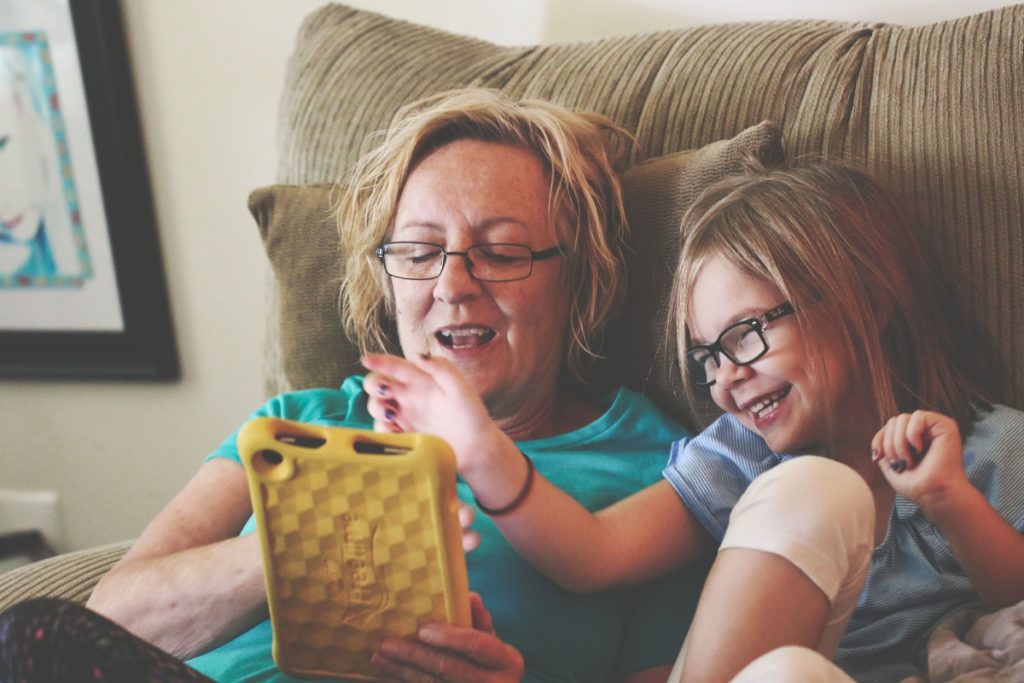
At the end of lockdown it will be tempting to look at the comparative costs of providing digital and face-to-face services and decide digital is the way to go for everything. And if we spend our time during lockdown crowing about how great our online offer is we’ll be complicit in that. Because here is the truth we are already seeing firsthand the people in our community who this will leave behind.
The older people who use our Community Centre tell us they aren’t confident with technology. Before lockdown every Monday in the Community Centre we hold a drop-in to help them find lost emails, send photos to their families, and check if they should answer an email or check if it’s a scam. We hold ESOL classes twice a week for the many local people who are learning English, and not a day goes by in our Advice Centre when we don’t have to reach out to our diverse team of staff and volunteers to translate for someone who needs to use their first language to communicate the complexity of their situation.
1 in 3 of the older people we’ve asked don’t have any technology to access the internet on and 50% have no internet connection. For young people we work with there may be technology in the house but their access to it is very limited, with their parent’s smart phone or tablet being used for their work, and their siblings school work and there simply being no opportunity to use it for social interaction.
And everything is online now – want to claim benefits? Online. To ask for help from your local mutual aid group you’ll need to use Facebook or WhatsApp unless you are very lucky and someone has put a leaflet through your door with a number you can text. And all that information and those conversations – are in English
This is a huge challenge – but one that isn’t insurmountable. Our new Buddy Scheme has matched 56 older people with buddies already this month, some of whom are keeping in touch by phone and others are helping them set up online profiles and navigate social media. We were delighted last month when conversations began to happen in our online community centre, Activities against Isolation, between people who would normally see each other in person in our physical space. Our Community Centre plays a vital role in building relationships between people who are at risk of becoming socially isolated or suffer from loneliness, which extends to outside of our centre. In 2018/19, 75% of the people who visit the centre say that they made friends at the there, and over half see these friends regularly outside our opening hours. For the time-being, these kind of connections are not possible.
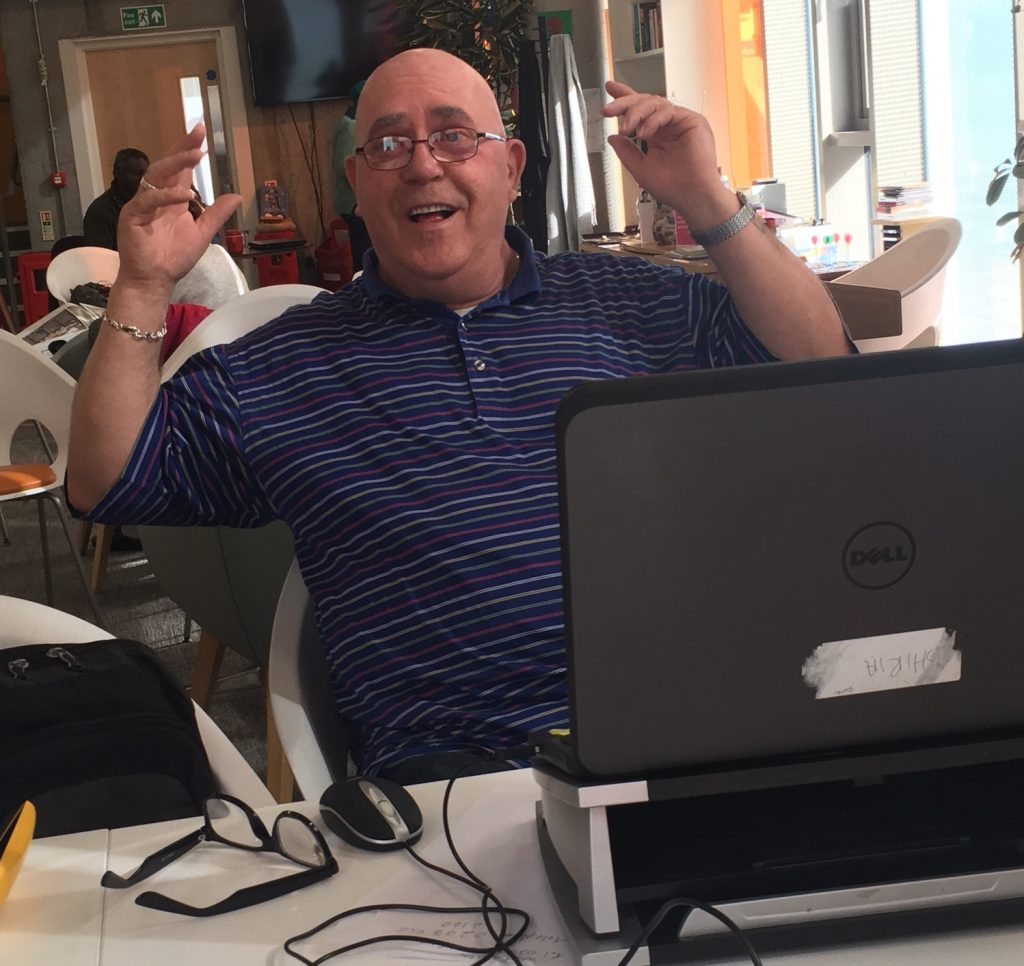
We have demand for more initiatives such as the Buddy Scheme – but so far we’ve only been able to help those who already have technology and an internet connection. We are trying to source tablets, laptops and smart phones for those who have none, and work out how to get them access to data. But at the moment some of the people who would benefit the most from the social interaction and access to support that online technology provides are being left behind. And that compounds their isolation.
We’re doing our best around languages too. Our website has an inbuilt translator, and our bilingual staff are working really hard to ensure that communities who aren’t confident in English still get contact, and advice, even going as far as setting up Mutual Aid groups in Bengali and Somali in order to meet the needs of those populations.
And in the unavoidable situation we are in right now that will help. But we can’t kid ourselves that a channel shift to online services is the way forward for community services, because a lot of what we do is really physical work.
Our Youth Manager, Annick talked to me about the stress that the young people we work with are feeling and how enclosed young people are generally – how made to feel visitors in every space they are in. That a core part of our offer is that young people can literally own our space, set the agenda and use their voices loudly without restraint. We simply cannot offer them this at home in their parents houses, or in their foster home, or hostel or in the shared house they are renting.
Our Advice managers have been talking about the people who won’t be coming to us for advice at this time. The people that walk past Toynbee Hall 5 times before coming in, who can’t tell us what advice they need, just that everything feels a bit out of control. Who need to see a friendly, welcoming face before they hand over the carrier bag of paperwork and ask for help making sense of it. Or the women who book an appointment to get help with their debt, and who 20 minutes in tell us they are being hurt, and show us bruises on their wrists. Almost no-one comes to us telling us they need help with domestic violence, but 3 or 4 times a month we help women take action that will keep them safe from abusers. I don’t think we can replicate that online, and that’s frightening for the people who are trapped at home with people who hurt them.
So the challenge for our team now, is to do what we can online and over the phone. To try and bridge the gaps in technology and in language where we can. And to keep reminding ourselves and others that community work is about relationships, and about contact and to start planning now how we can resume work in the community when the lockdown is lifted. Because in the kind of work we do there is no replacement for eye contact, for working side by side and for incidental conversations. So we’ll make the best of online and virtual communication for now, but the real work, the work of rebuilding once this is over, that will be done the way it always was, in shared spaces, with a shared vision, in person and in partnership with the people of East London.
Support Toynbee Hall’s Emergency Community Response
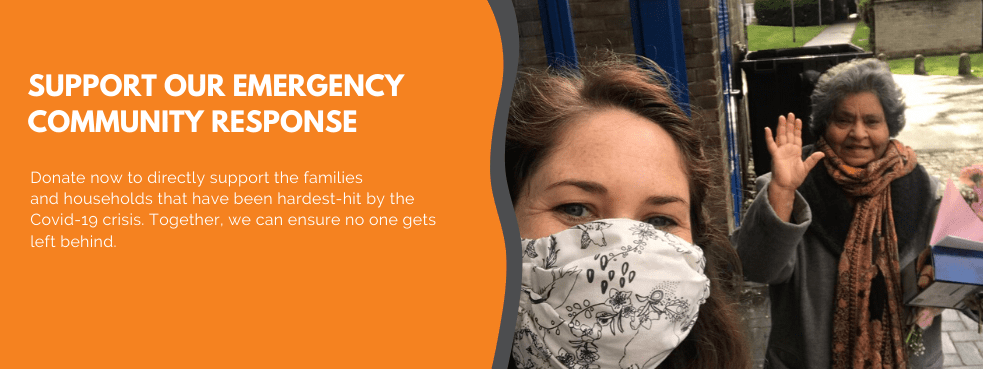
You can help us support people to access technology and learn how to use it – so they can connect with friends and family during lockdown, and use the internet to claim benefits or place online orders for food and other vital provisions.
£22 could help a digital volunteer connect an isolated person to the digital world – from assisting with their first online grocery shop, to showing them how to access medical advice.































